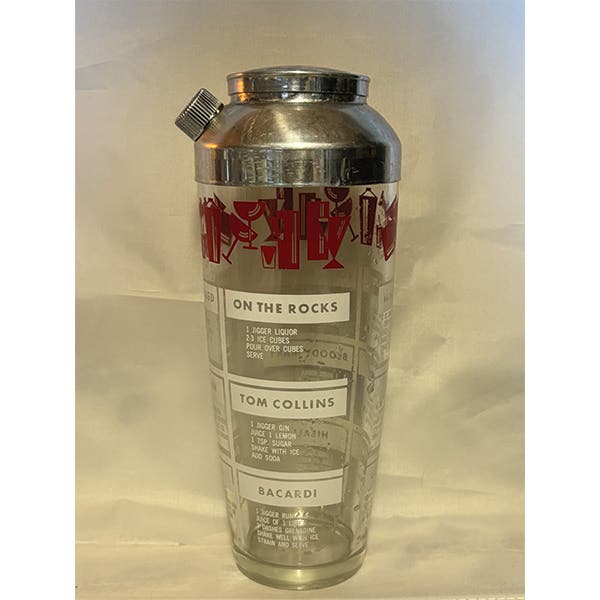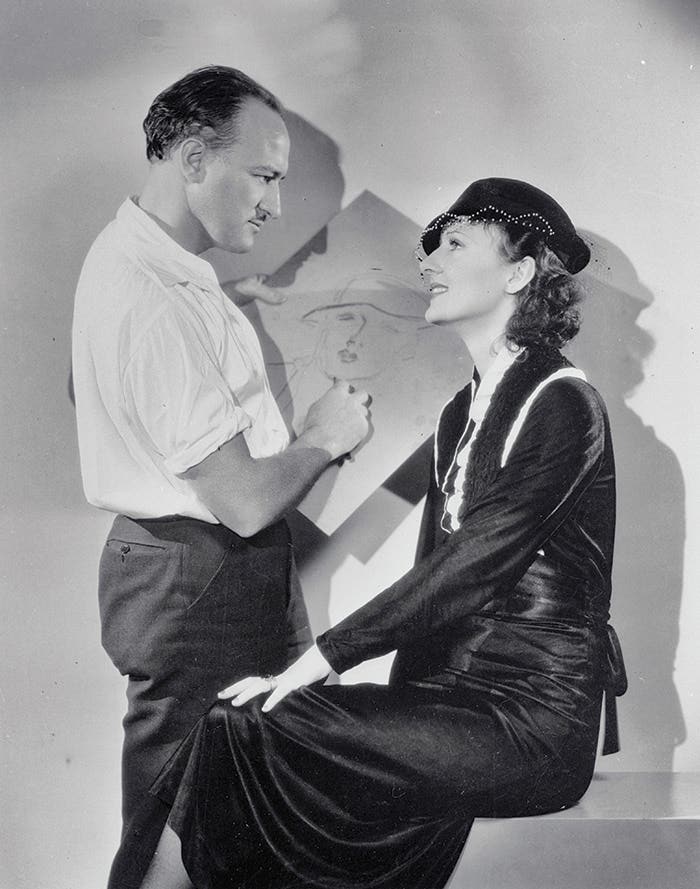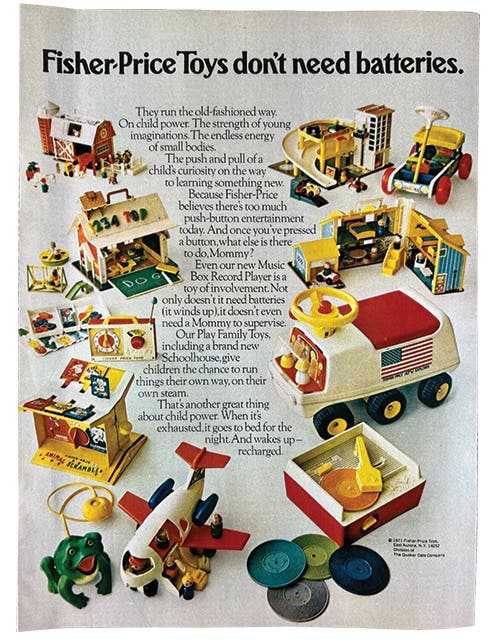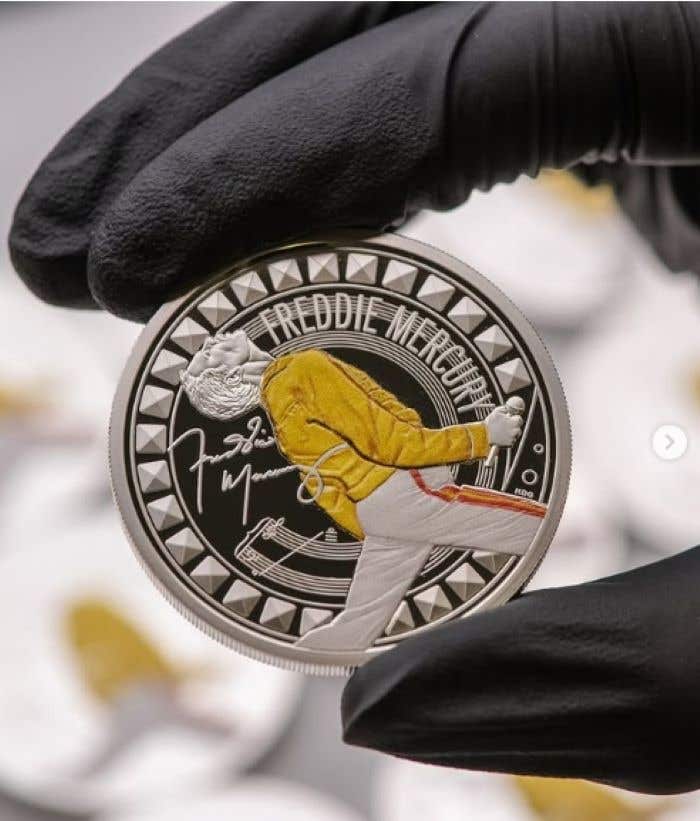Pocket-Sized Persuasion: Small Trade Cards—Big Promises
These vintage trade cards were the original pocket marketing.
Advertising trade cards emerged as one of the earliest forms of mass-produced promotional materials during the 19th century. Initially, merchants and businesses employed them to advertise their products and services, much like modern business cards, but with colorful illustrations and creative designs. These cards were typically small, about the size of a postcard or smaller, and were often distributed at stores, fairs, and exhibitions. They became especially popular during the Victorian era when advancements in lithography allowed for vivid, multi-colored prints that were eye-catching and affordable to produce. As industrialization grew and markets expanded, so did the use of these trade cards, making them an integral part of the burgeoning consumer culture.
The themes and imagery used in advertising trade cards were diverse and often reflected the societal norms and interests of the time. The cards usually featured whimsical illustrations, humorous scenes, or romanticized depictions of everyday life. Others showcased the products directly, frequently with exaggerated claims of their benefits. Popular brands of the day, such as Clark’s Thread, Ayer’s, and McLaughlin Coffee, used the cards to build brand recognition and customer loyalty. Some cards were designed as collectible series, encouraging customers to return to complete their sets. This clever marketing ploy promoted repeat business and contributed to the cards’ lasting appeal.
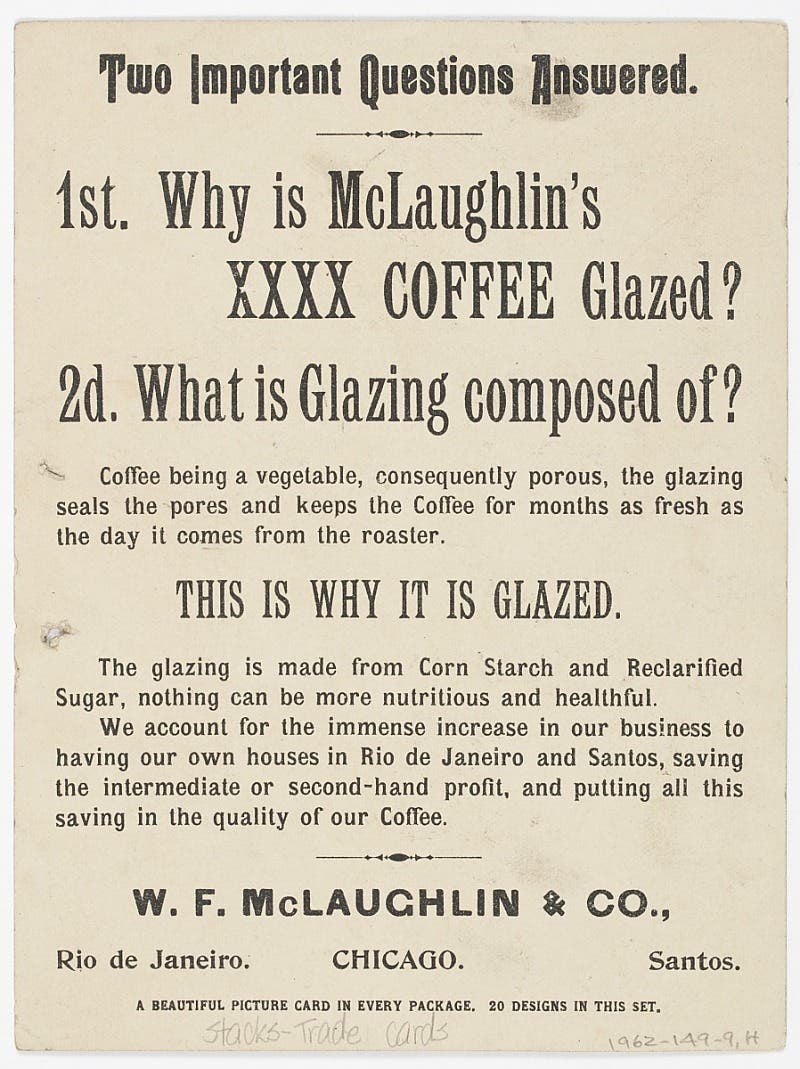
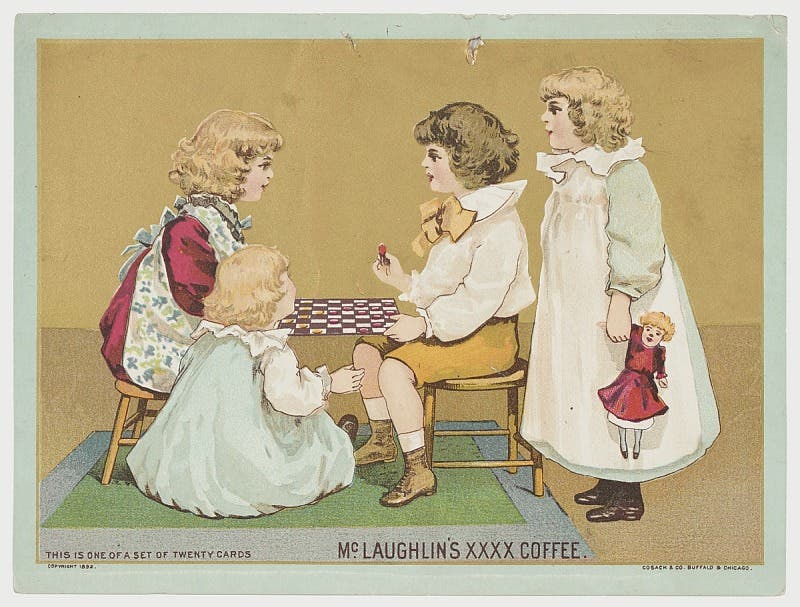
Collecting Victorian trade cards had become a national craze by the 1880s. People would trade these colorful pieces, sometimes storing them in albums designed explicitly for the purpose. Magazines and newspapers published articles detailing the best methods for trimming the margins to remove the distracting white borders before adding them to a scrapbook. Discussions arose around the merits of different adhesives, and young women were instructed on how to cluster their cards for a sophisticated result. While advertising cards directed toward women usually featured cherubic children, fluffy animals, and anthropomorphic vegetables, men were not exempt from the craze. Tobacco companies saw an opportunity and began issuing series of advertising cards featuring sports stars, comedic themes, and bathing beauties to tempt male collectors into the fold.
Tobacco cards, particularly from the late 19th and early 20th centuries, became an advertising phenomenon in their own right. Issued by companies like Allen & Ginter and the American Tobacco Company, these cards came in cigarette packs. They featured everything from baseball players to military soldiers and machinery, flags, Hollywood stars, and pin-up girls. Sports-themed cards proved especially popular and evolved into one of the most actively collected categories in the hobby today.
Perhaps the most legendary is the T206 Honus Wagner, often called “the Mona Lisa of baseball cards.” Produced between 1909 and 1911 by the American Tobacco Company, this card’s scarcity is the stuff of legend. While it’s unknown exactly how many entered circulation (estimates range from 50 to 200), production was likely halted early at Wagner’s request. Though several theories persist, the explanation most widely accepted and confirmed by Wagner’s granddaughter Blair is that Wagner didn’t want children buying tobacco to obtain his card. Today, surviving examples command astronomical prices. One sold for over $6 million in 2021.
The golden age of tobacco and advertising cards continued into the 1930s and 1940s, branching beyond cigarettes into candy, chewing gum, cereal, and household goods. Companies like Goudey Gum and Kellogg’s issued cards featuring baseball heroes, Hollywood stars, military figures, and nature scenes. These were marketed to kids and families and often came with the same collectible “gotta catch ‘em all” appeal as their Victorian predecessors and contemporary Pokémon counterparts. Some even included interactive elements like cut-out stands or flip-book animation effects.
The appeal of collecting wasn’t just in the artwork’s beauty or celebrity connections but also in the thrill of completing a set or finding a rare card. However, this hobby began to fade over time. Other forms of advertising, such as radio and television, emerged. Tobacco advertisements came under intense scrutiny and were subsequently banned. Still, collecting these cards underwent a renaissance of sorts in the late 20th century as antique and ephemera enthusiasts recognized their historical and artistic value.
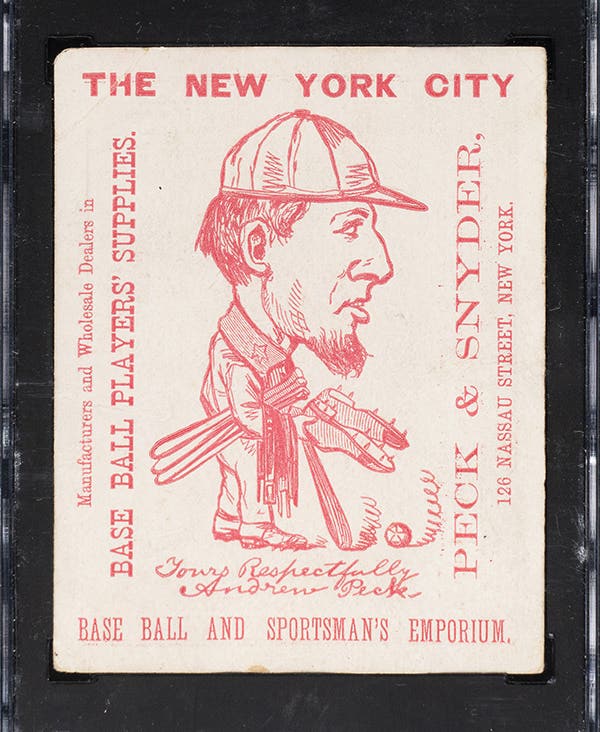
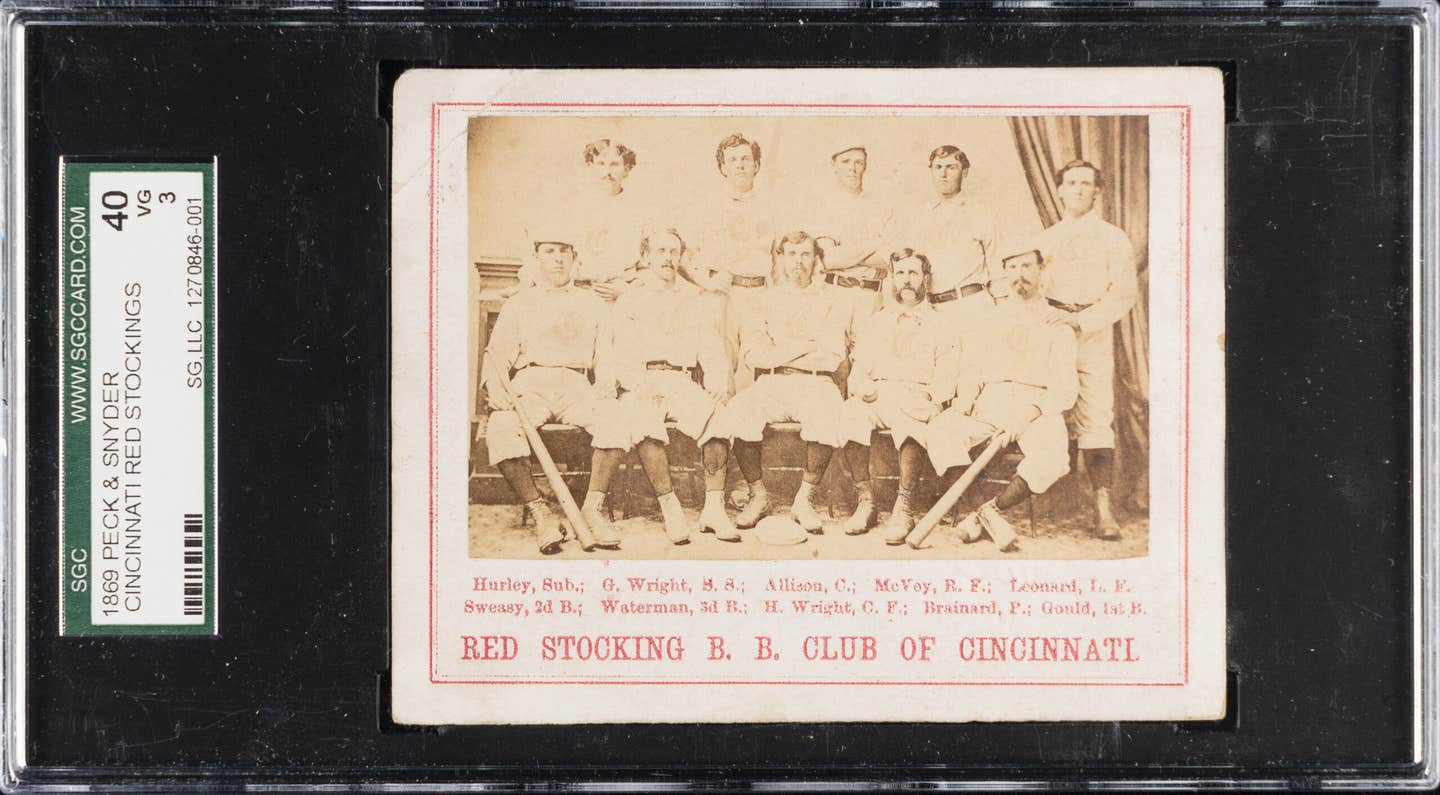
Today, advertising trade cards, whether Victorian prints or tobacco-era rarities, are collected for their unique blend of artistry, cultural insight, and nostalgic appeal. Rare or well-preserved cards, especially those tied to famous names or iconic sets, can fetch top dollar. In 2022, for example, a card from the elusive Peck & Snyder Base Ball and Sportsmen’s Emporium series featuring the 1869 Cincinnati Red Stockings sold for $186,000 at Robert Edward Auctions. Widely considered one of the most important baseball cards ever made, the 1869 Cincinnati Red Stockings trade card holds legendary status, not just for its rarity but as a tribute to the first professional baseball team. This larger Peck & Snyder trade card is the most sought-after version featuring the 1869 Reds, and it is prized for its front-facing player IDs and reverse-side ad for the company’s “Base Ball and Sportsman’s Emporium” at 126 Nassau Street in New York.
Preserving these cards requires care. Collectors are advised to store them in archival-quality sleeves or albums, away from direct sunlight and moisture. For display purposes, UV-protective glass helps maintain the striking colors. Because these cards were often printed on fragile paper and handled frequently, many surviving examples have some wear, which may add to their charm but diminish their value in top-tier markets.
Collecting vintage advertising trade cards doesn’t have to break the bank. Prices range from a few dollars to six-figure sums, depending on condition, subject matter, and scarcity. Many collectors specialize in themes such as sports, travel, nature, film, or particular brands, making this a varied and personal field of collecting.
For those wanting to dive deeper, reference books like Victorian Trade Cards: Historical Reference & Value Guide by Dave Cheadle (creator of the Victorian Card Hub website) offer a wealth of information. Whether your passion lies in 1880s medical miracle ads, 1930s baseball heroes, or 40s and 50s movie stars, advertising trade cards remain a fascinating, affordable, and visually eye-catching way to explore the past—one pocket-sized piece of cardboard at a time.




